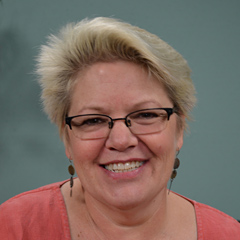
Quilt & Color: Session 2: Creating a Design & Tracing Your Motif
Heather ThomasThis class includes over 60 downloadable motifs for you to mix and match into your own unique design, or use ideas of your own. In the session Heather will help you bring together the elements of your choice and give you great ideas on how to mix them up and help them play together well. Then she’ll show you how and what she transfers to the surface of the fabric and what tools you’ll need to get that job done. After all is marked she’ll then walk you through batting selection and show you how she likes to baste using silk pins.
Explore videos by Heather Thomas
You may be interested in
Premium Membership
Unlock exclusive member content from our industry experts.
- 24/7 Access to Premium Quilting Videos, Projects, and Tips
- Step-by-Step Instructional Demos, Patterns, and Tutorials
- 50% Off Video Downloads Purchased in the National Quilters Circle Shop
- Access to Ask the Expert Program
Unlock exclusive member content from our industry experts.
- 24/7 Access to Premium Quilting Videos, Projects, and Tips
- Step-by-Step Instructional Demos, Patterns, and Tutorials
- 2 Full-Length Video Downloads to Watch Offline
- 50% Off Video Downloads Purchased in the National Quilters Circle Shop
- Access to Ask the Expert Program
Gold Membership
$336 Value
Get everything included in Premium plus exclusive Gold Membership benefits.
- 24/7 Access to Premium Quilting Videos, Projects, and Tips
- Step-by-Step Instructional Demos, Patterns, and Tutorials
- 8 Full-Length Video Downloads to Watch Offline
- 3 Full-Length Quilting Classes to Keep for Life
- 2 Printable Quilting Guides
- Discounts on Purchase-to-Own Content in the National Quilters Circle Shop
- Access to Ask the Expert Program
- Exclusive GOLD LIVE Streaming Events
Get exclusive premium content! Sign up for a membership now!
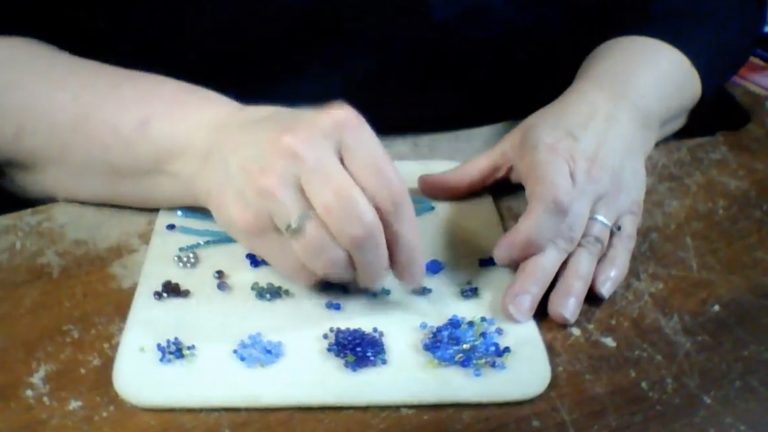
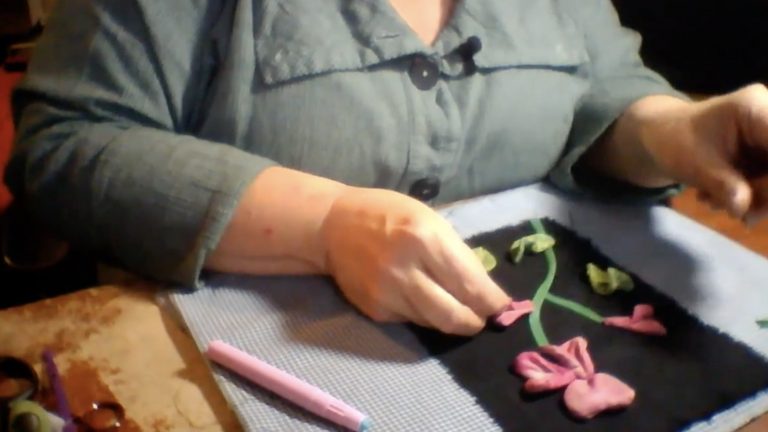
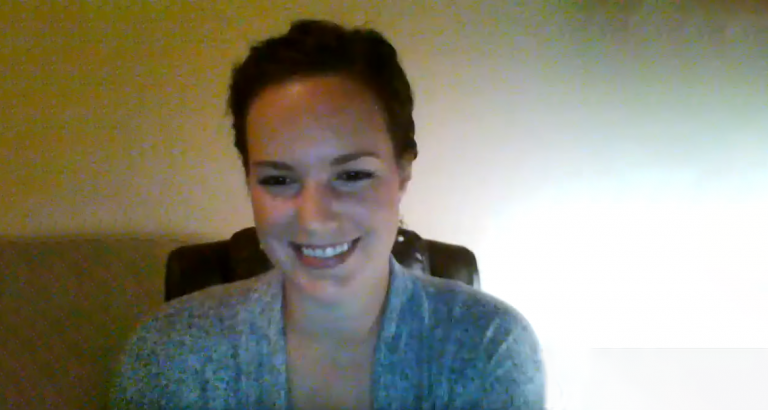
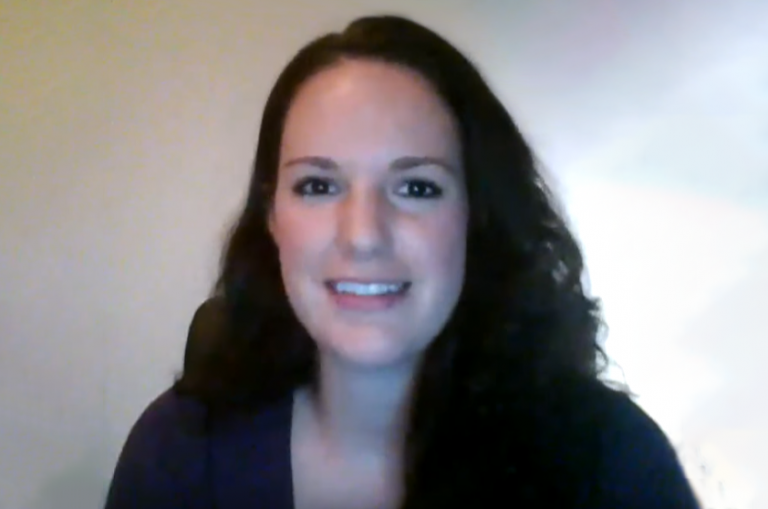
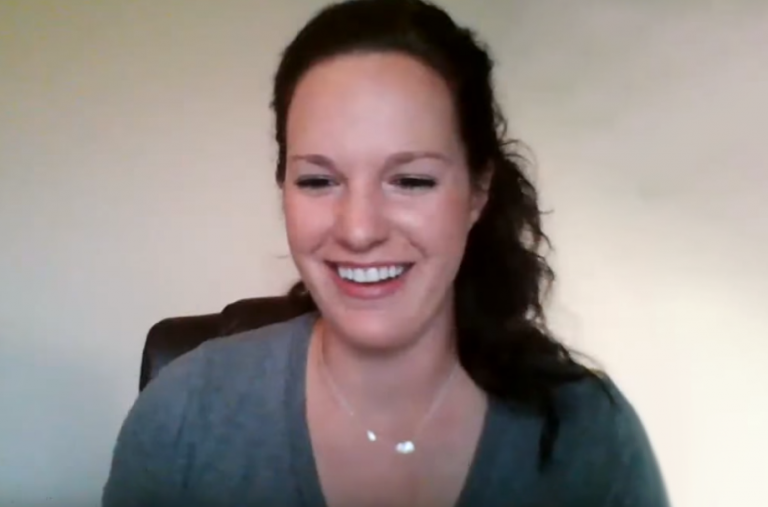
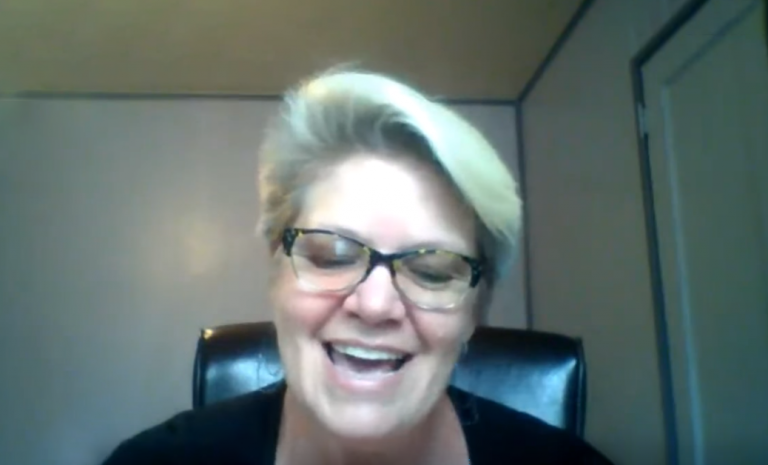
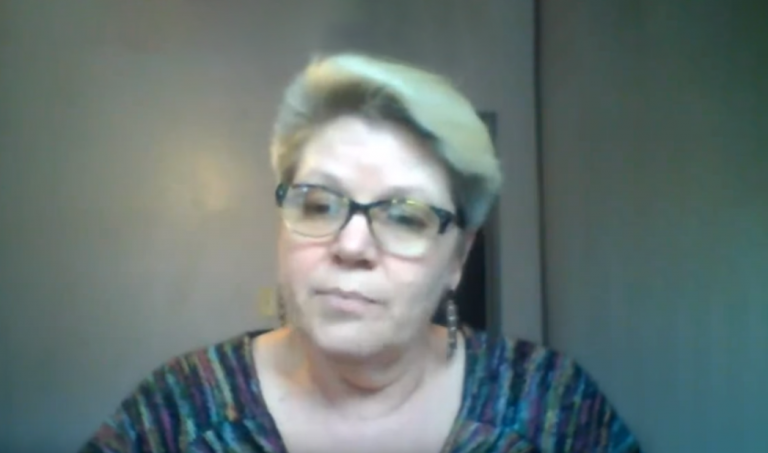
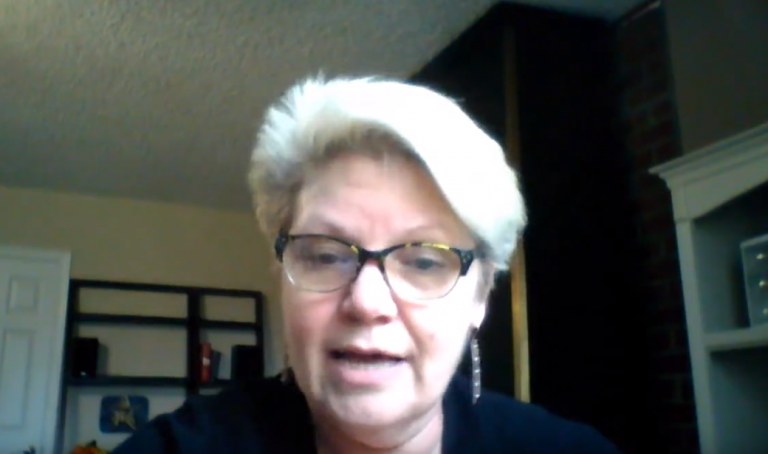
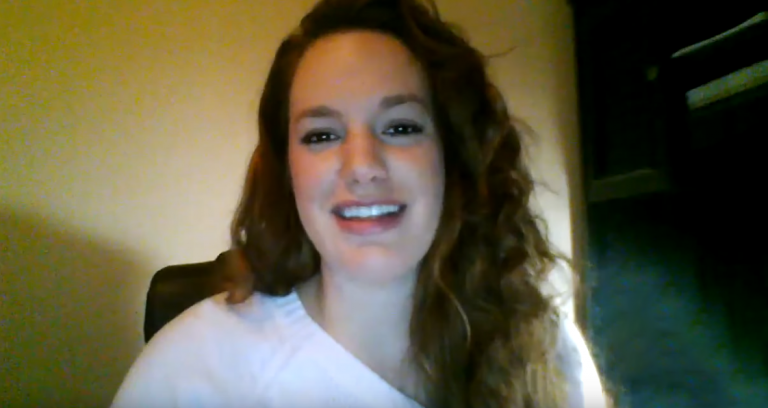
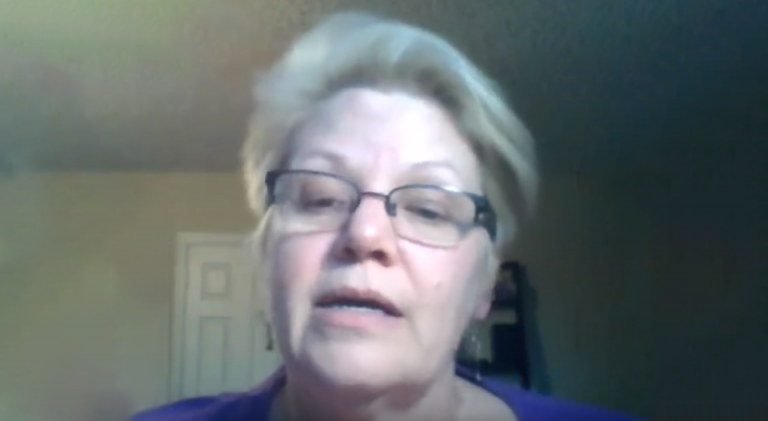
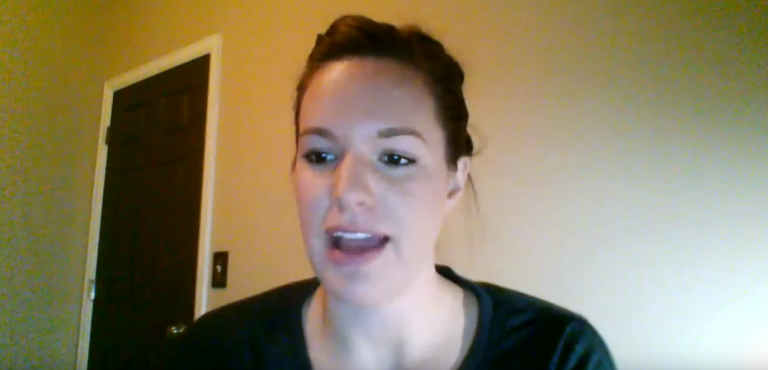
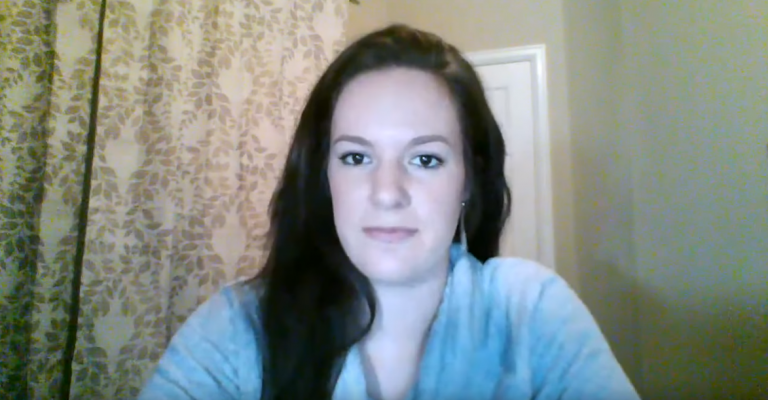
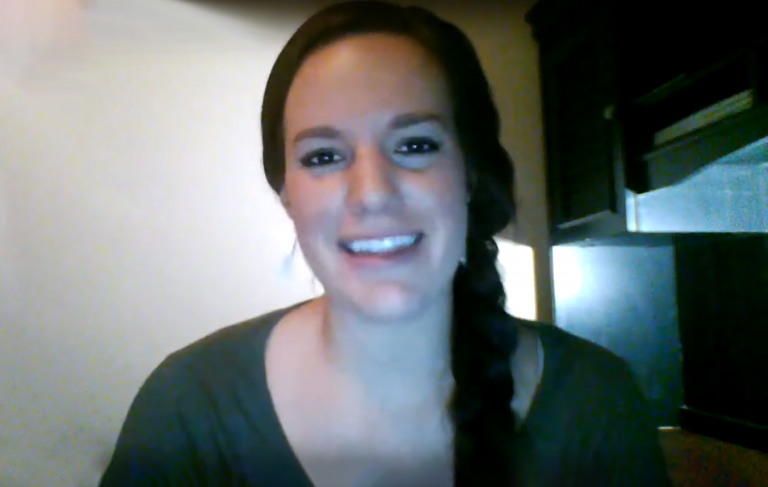
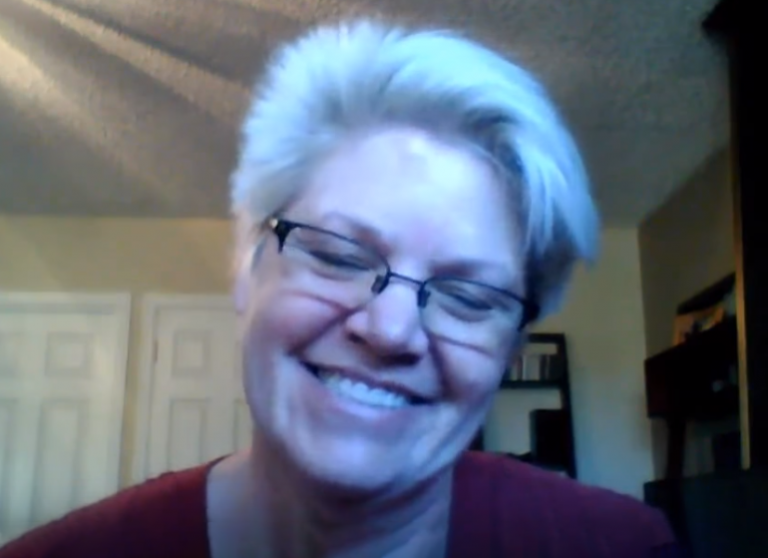
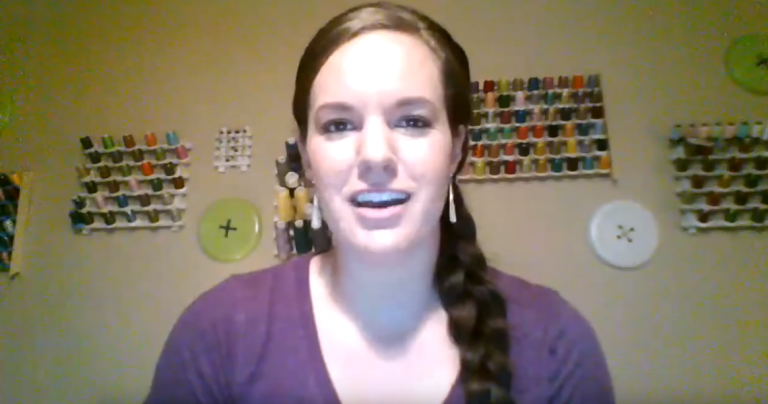
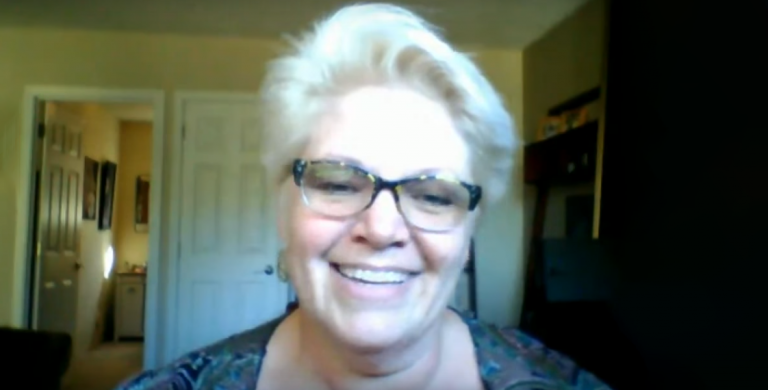
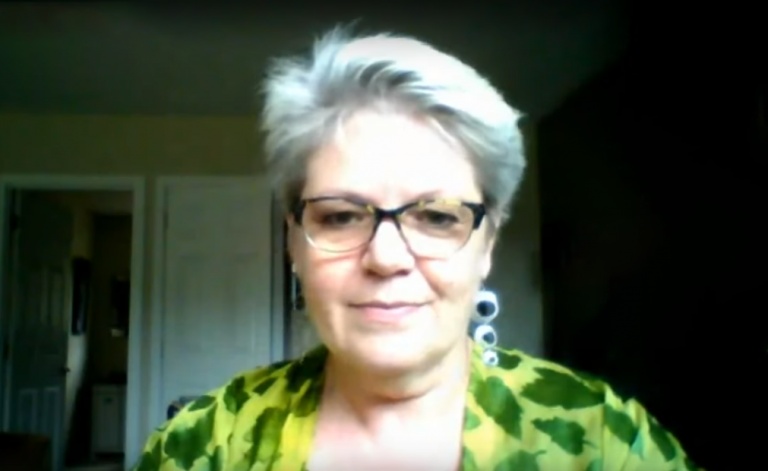
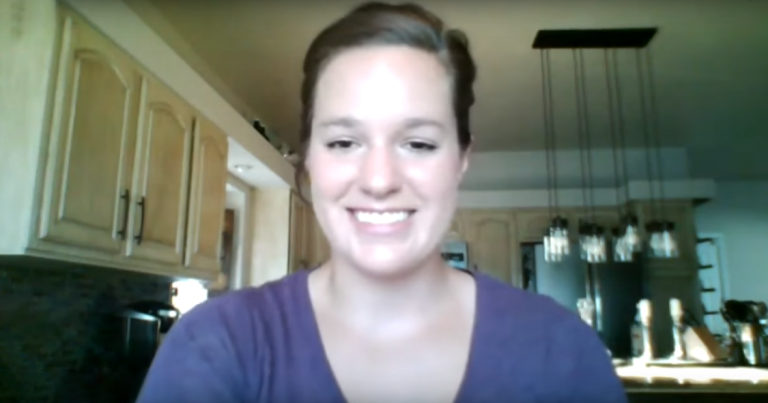
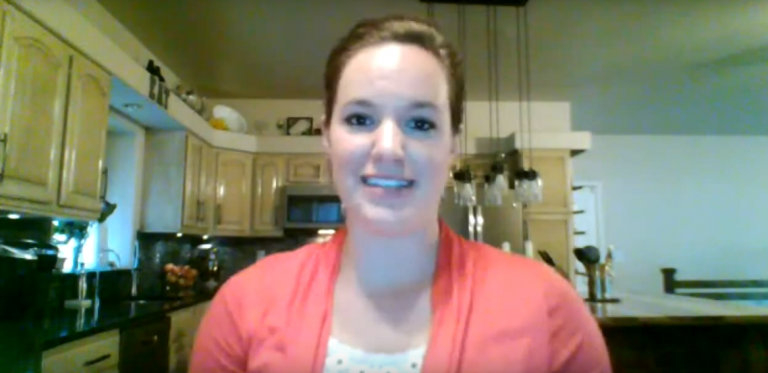
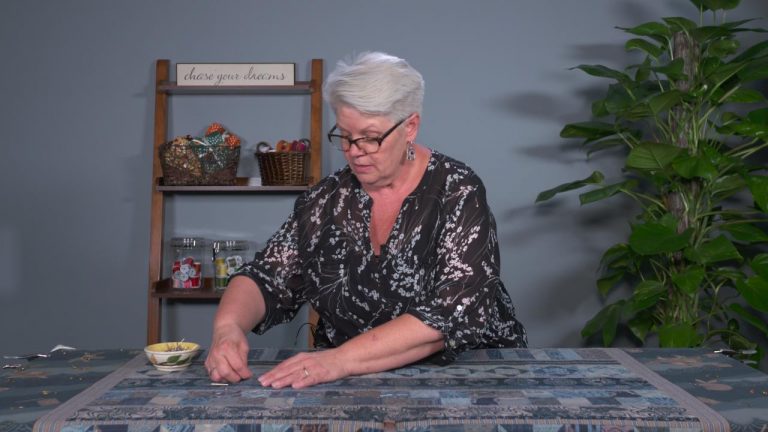
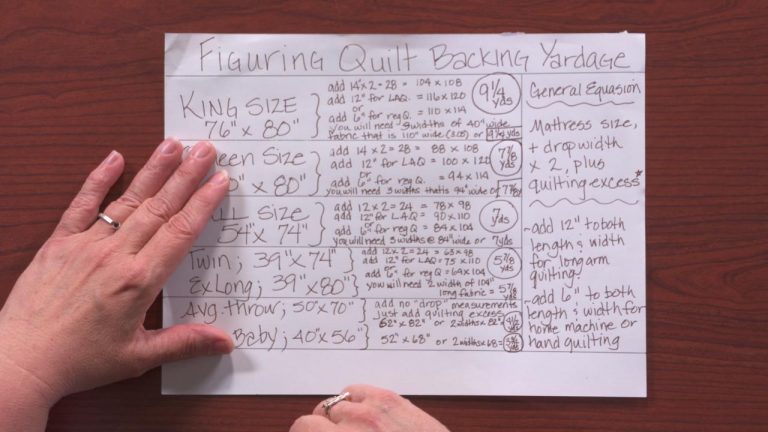
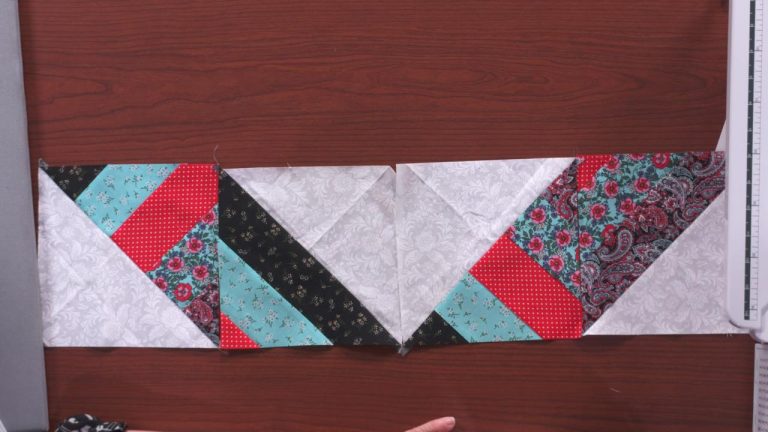
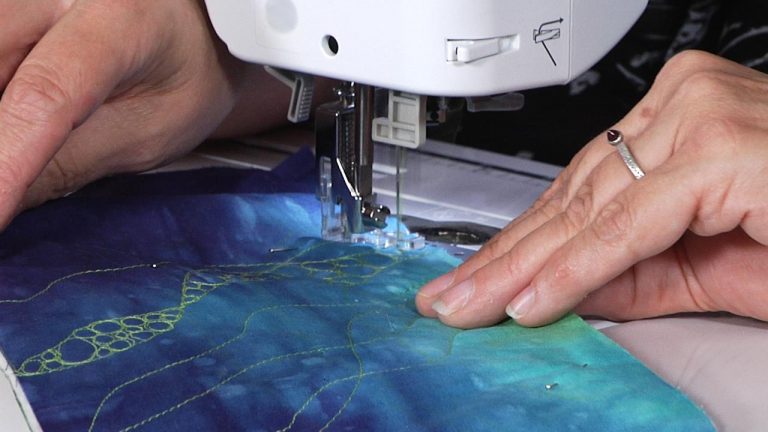
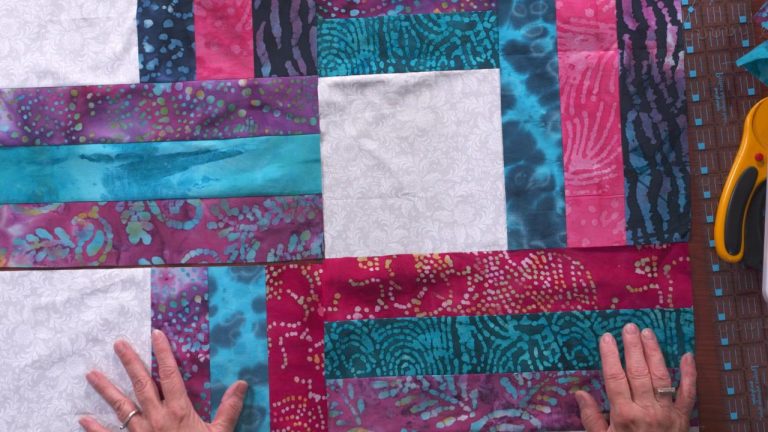
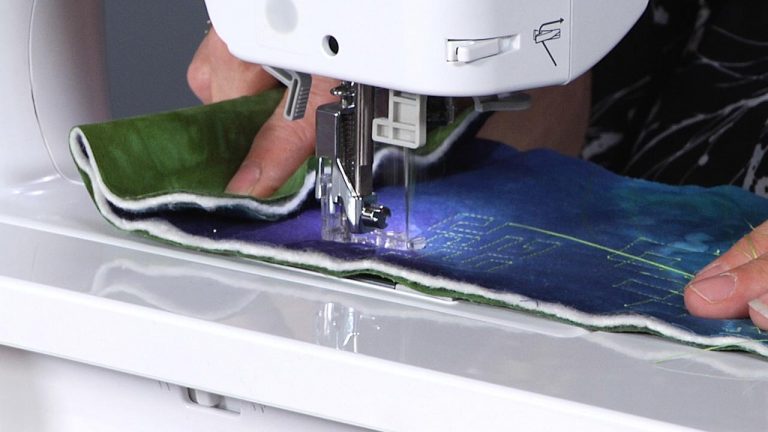
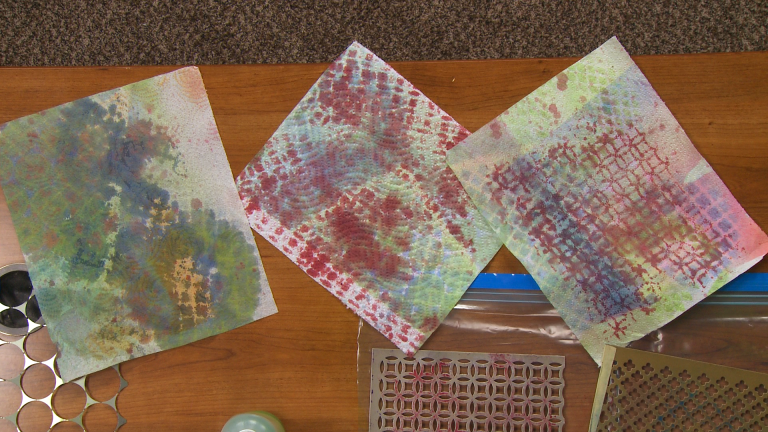
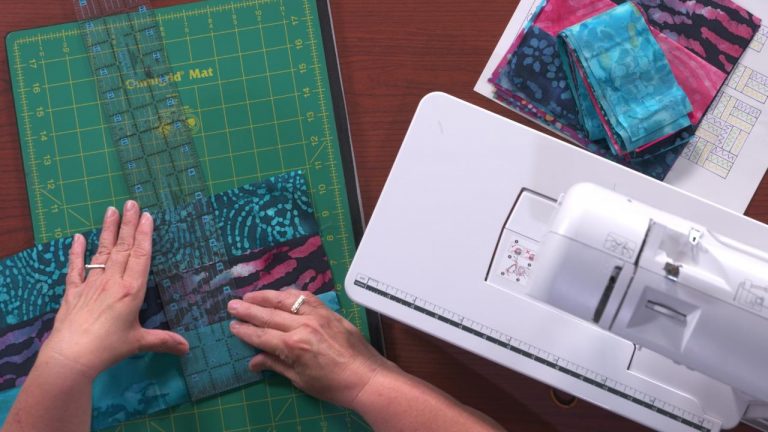
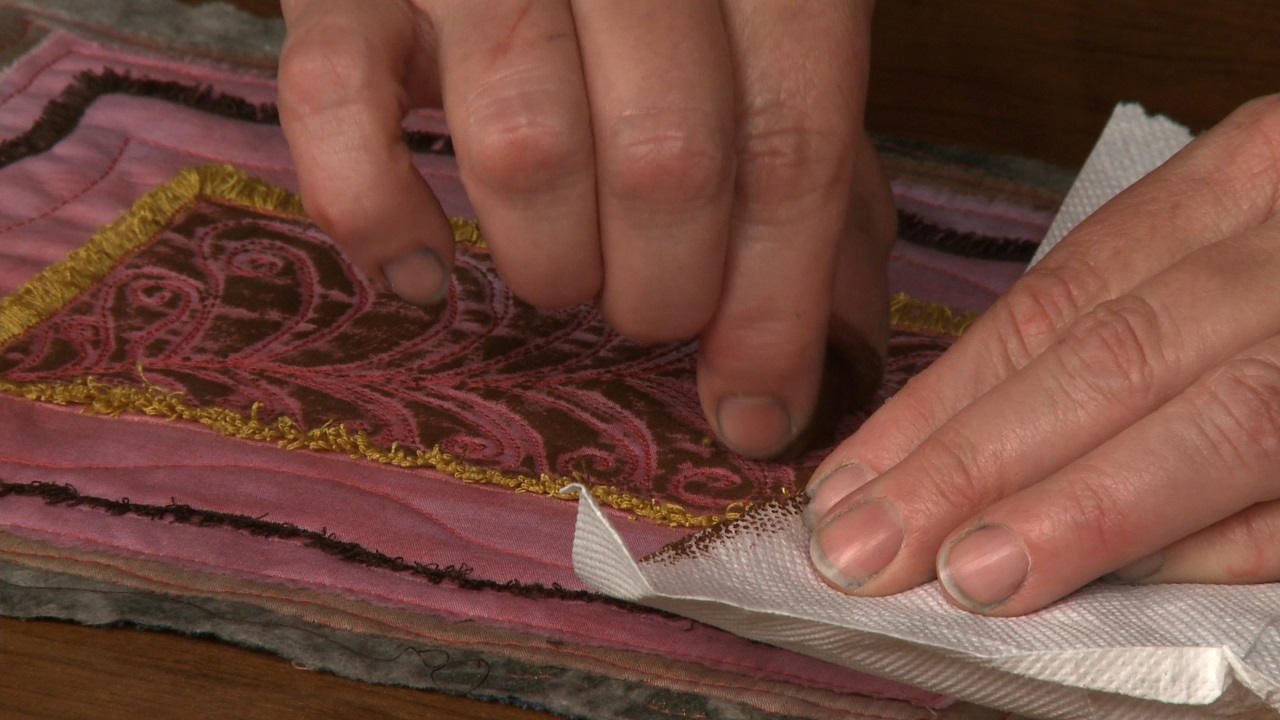
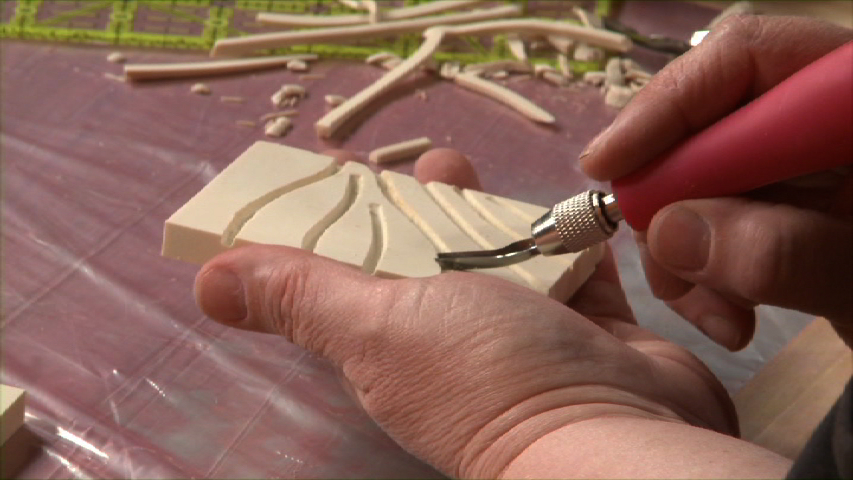
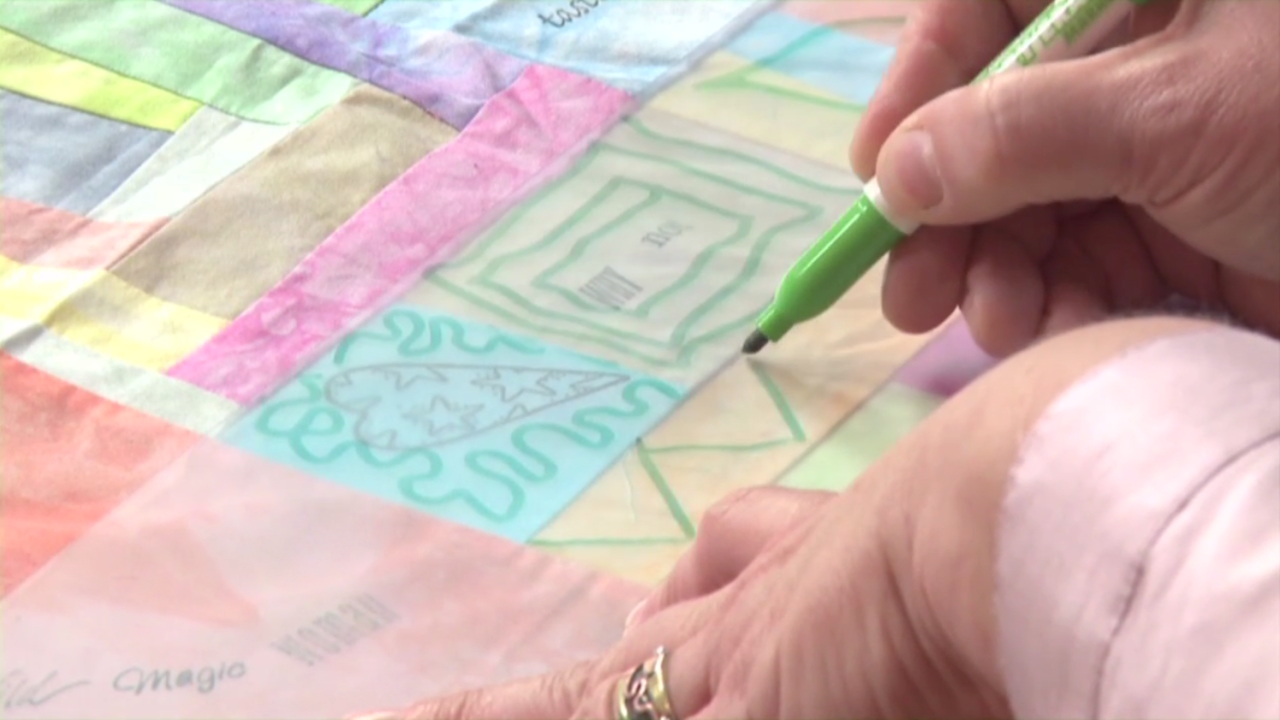
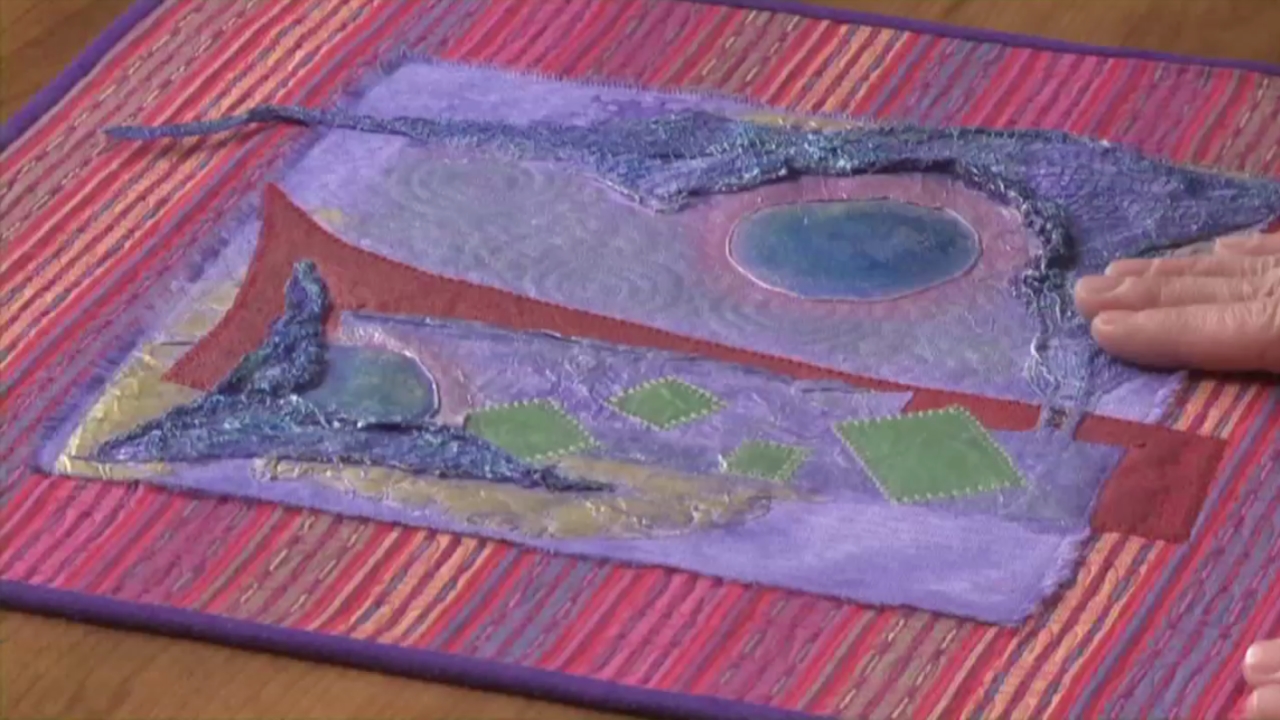
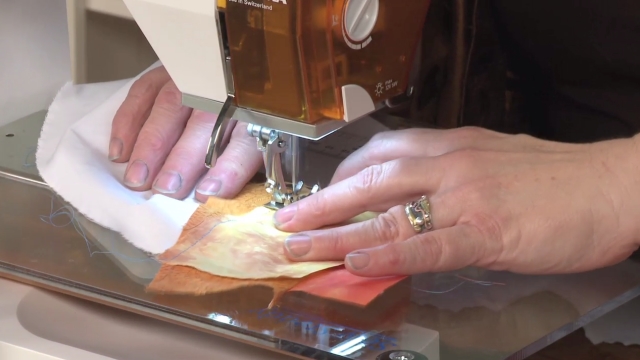
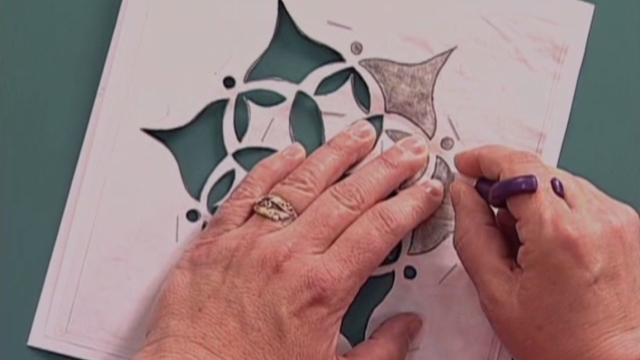
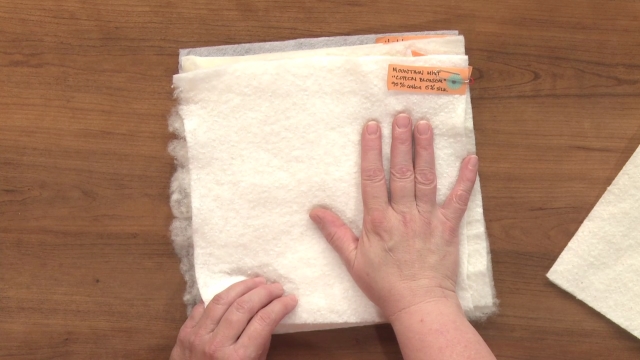
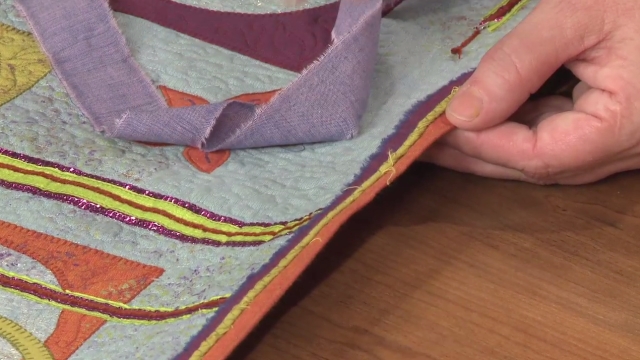
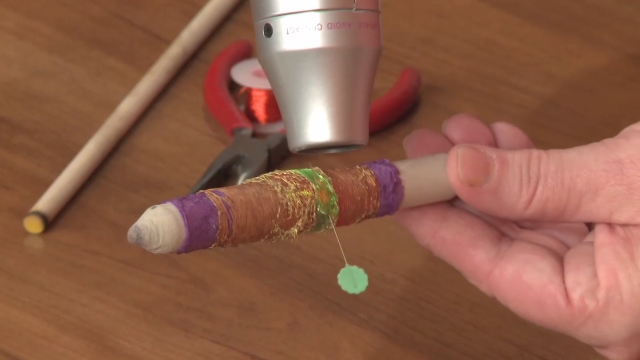
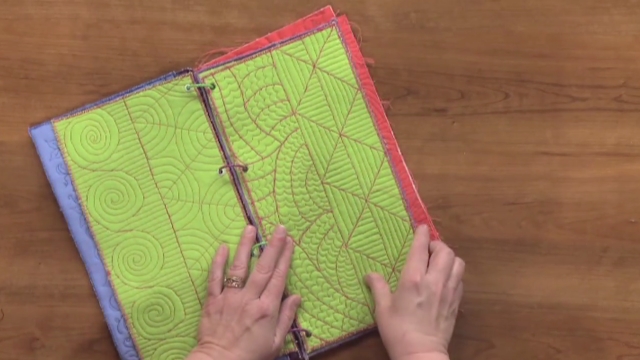
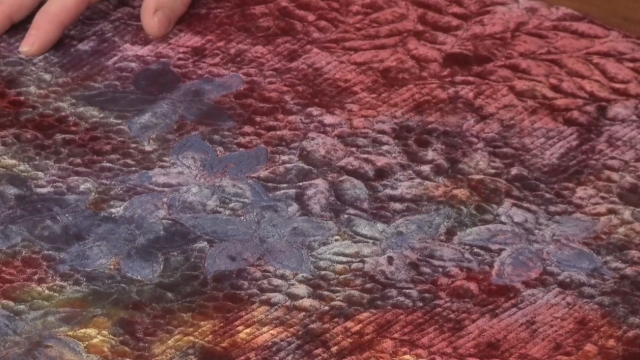
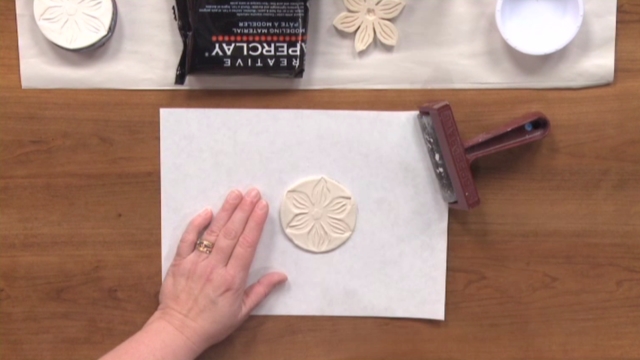
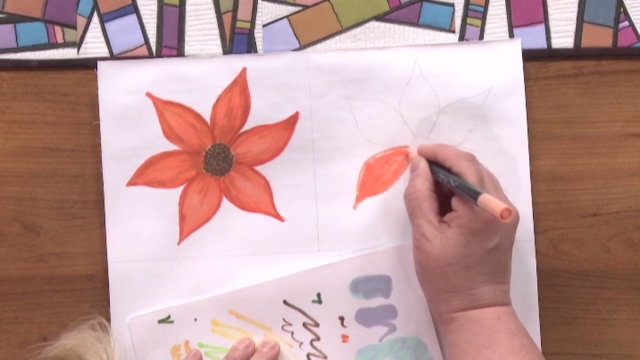
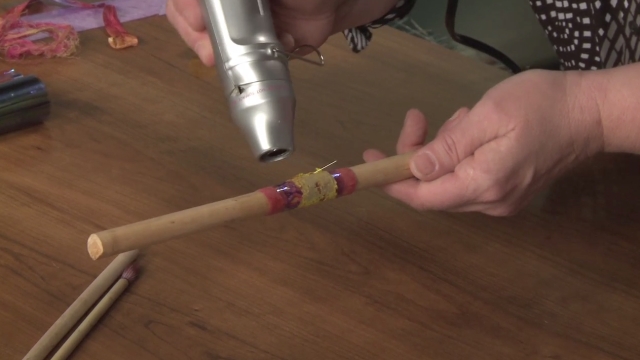
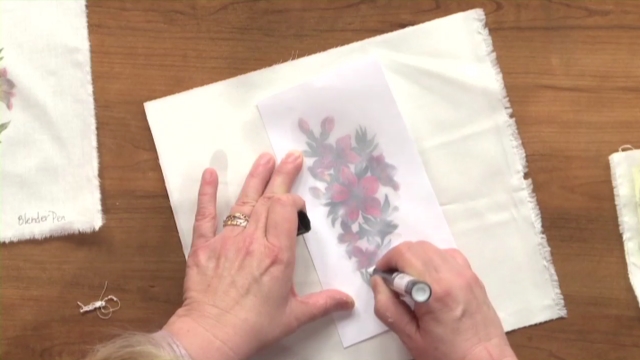
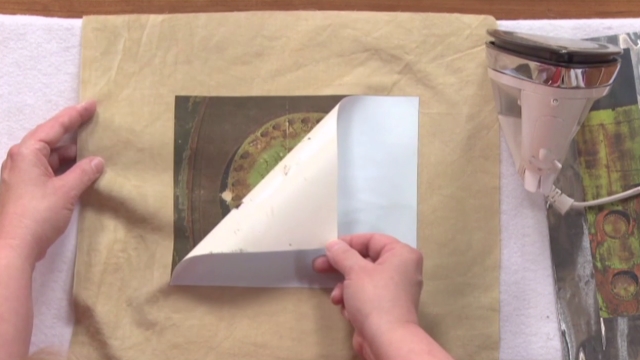
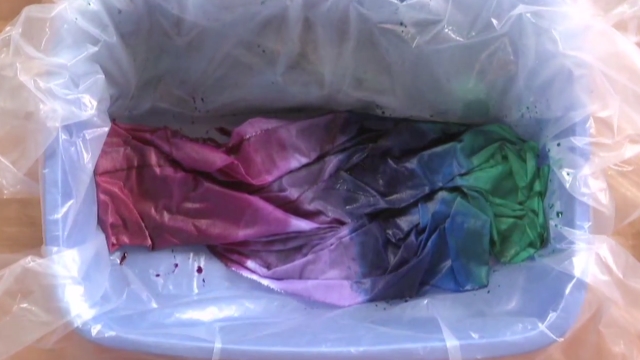
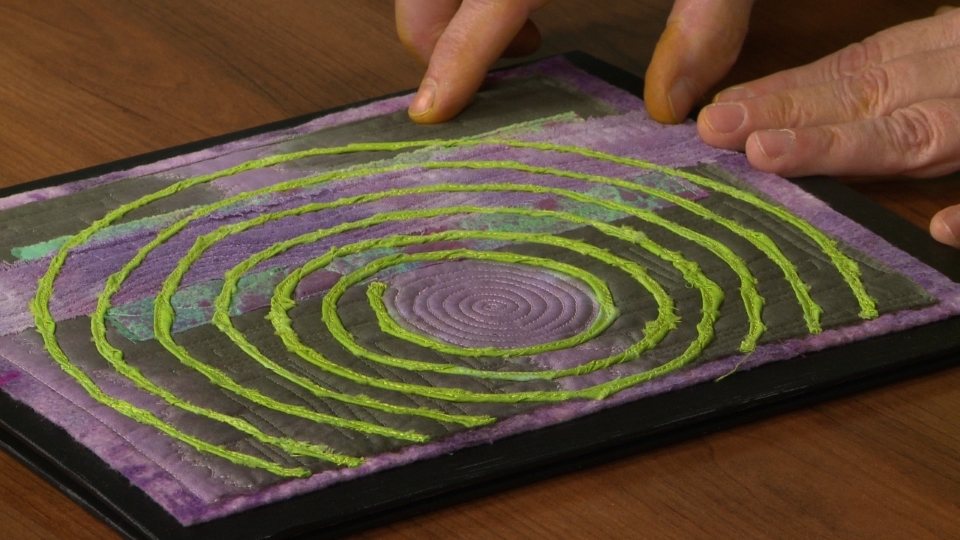
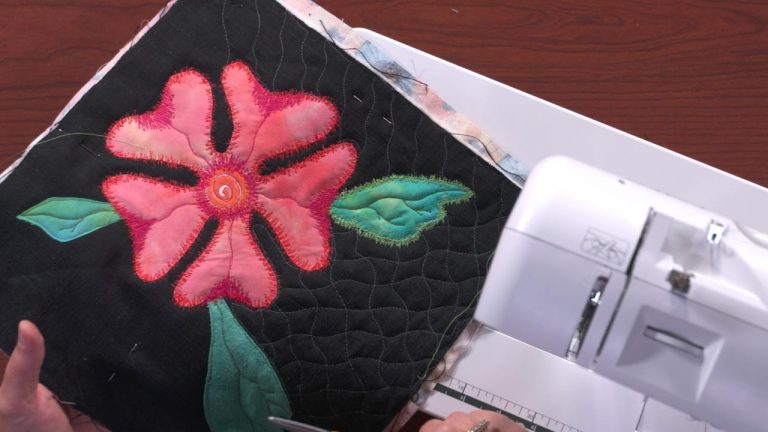
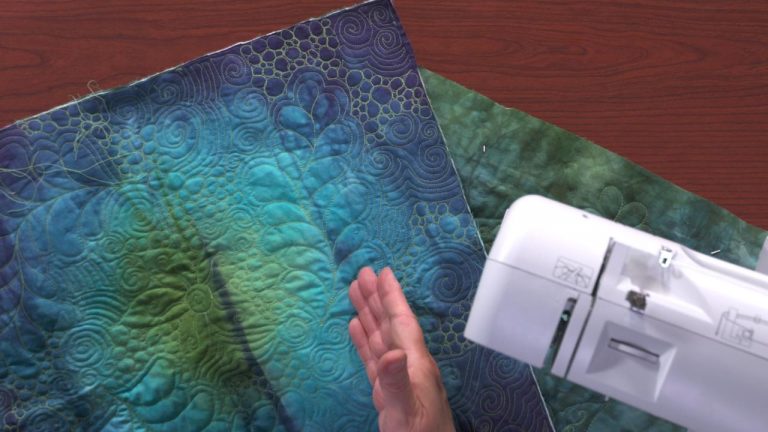
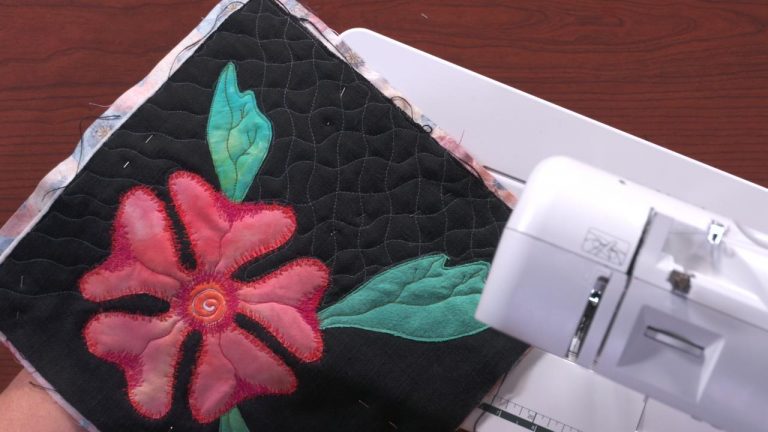
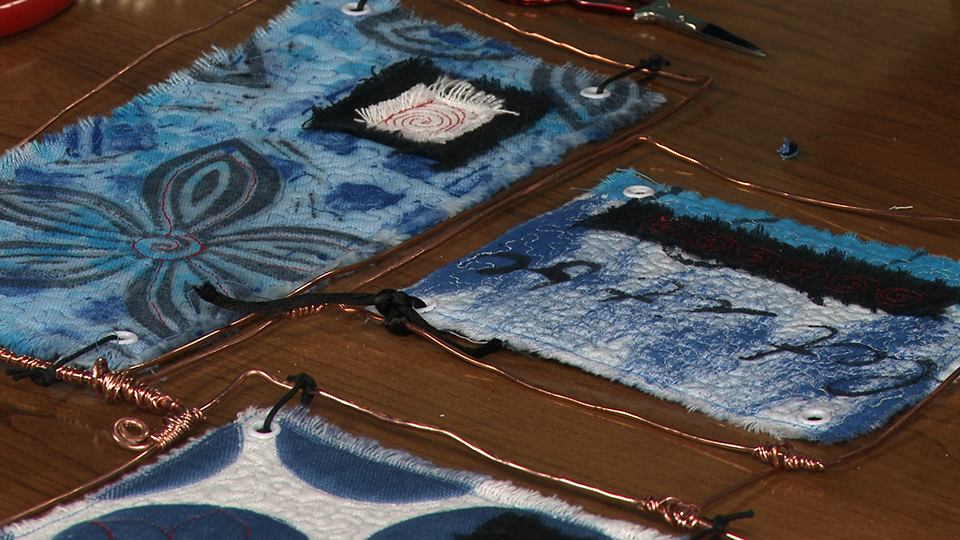
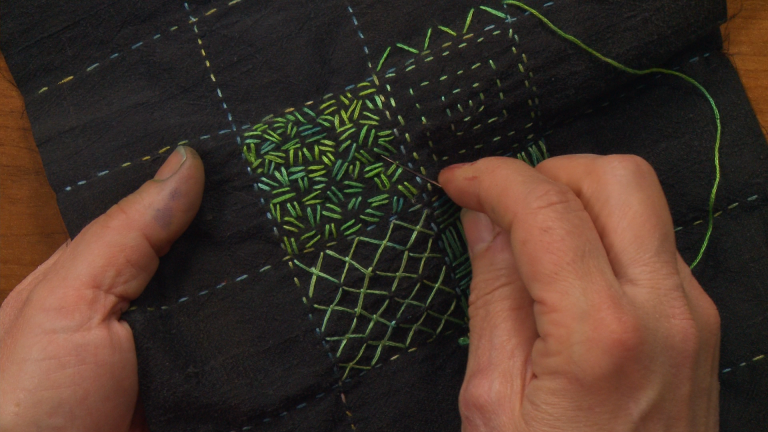
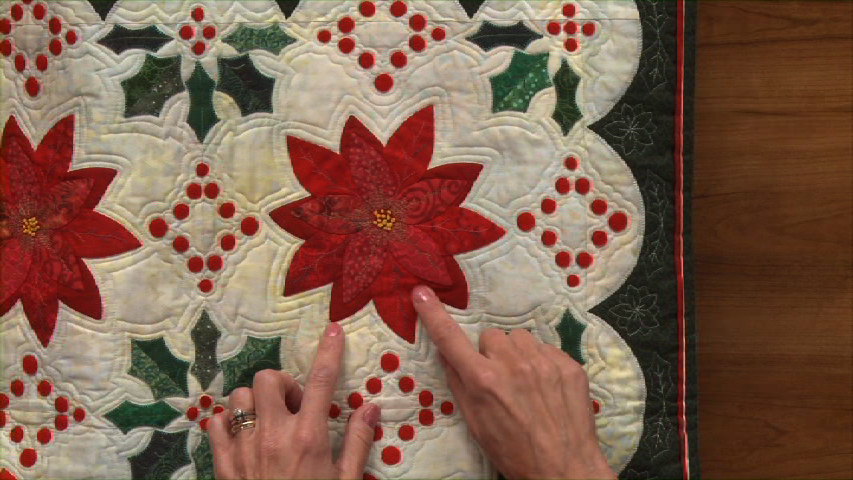
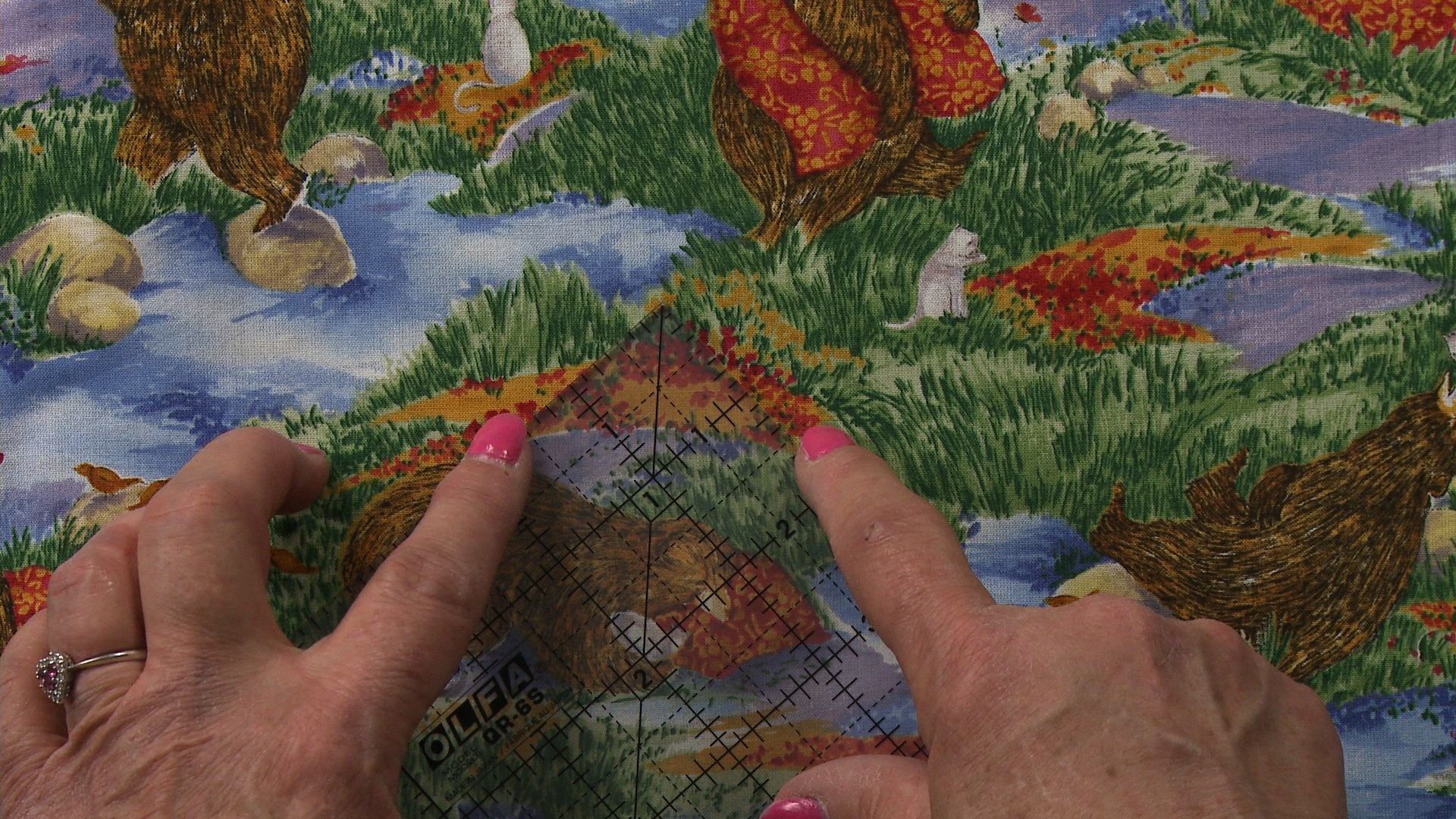
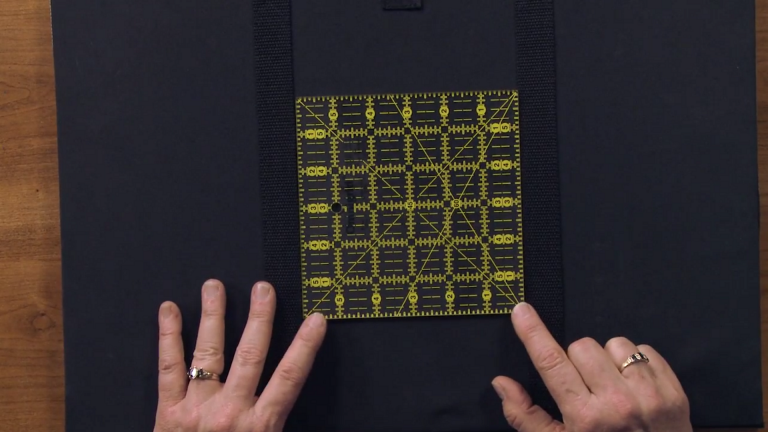
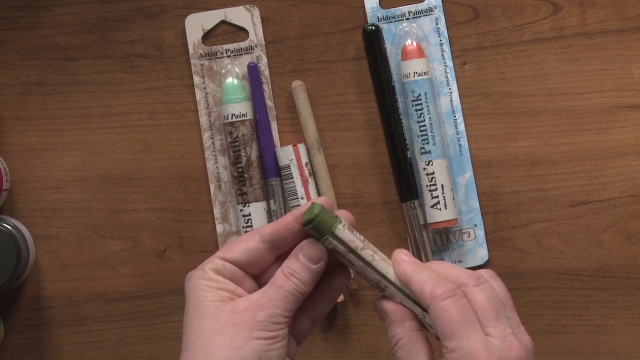
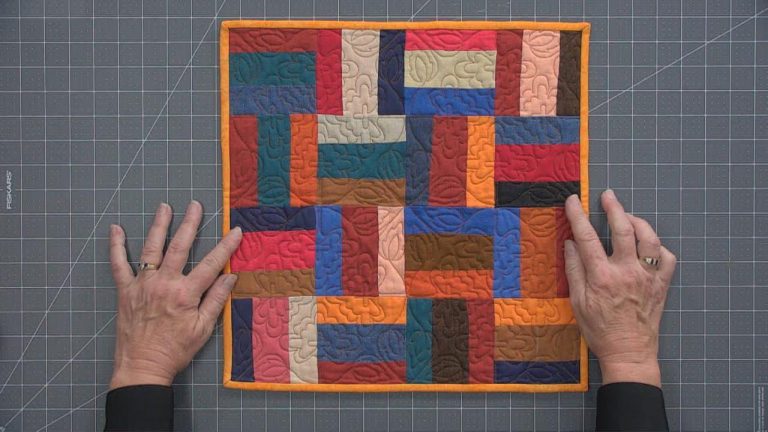
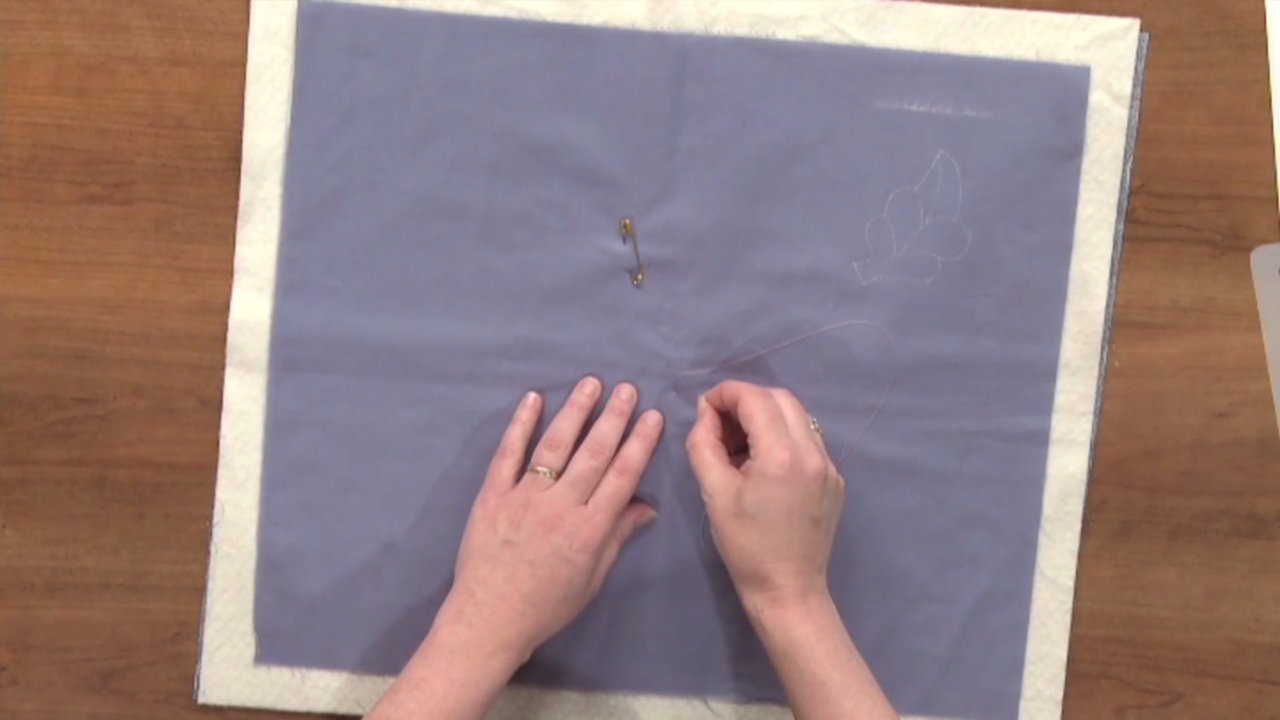
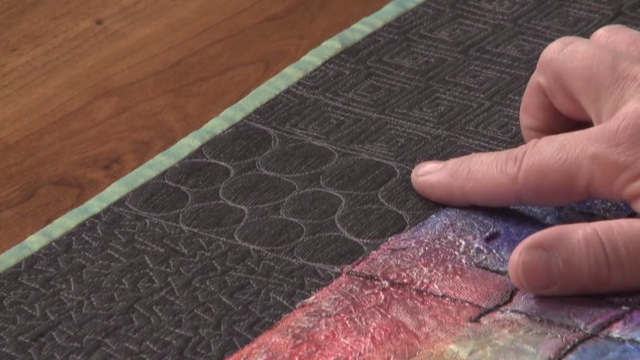

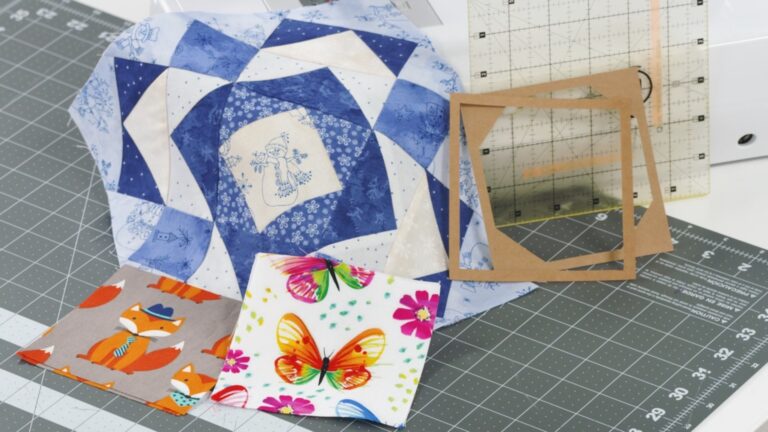
Share tips, start a discussion or ask one of our experts or other students a question.
Already a member? Sign in
No Responses to “Quilt & Color: Session 2: Creating a Design & Tracing Your Motif”